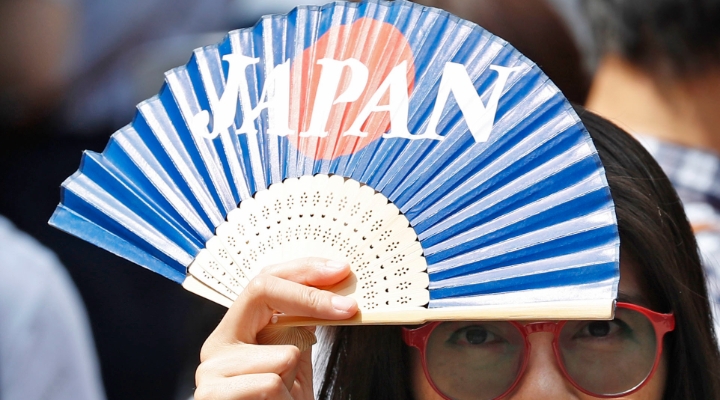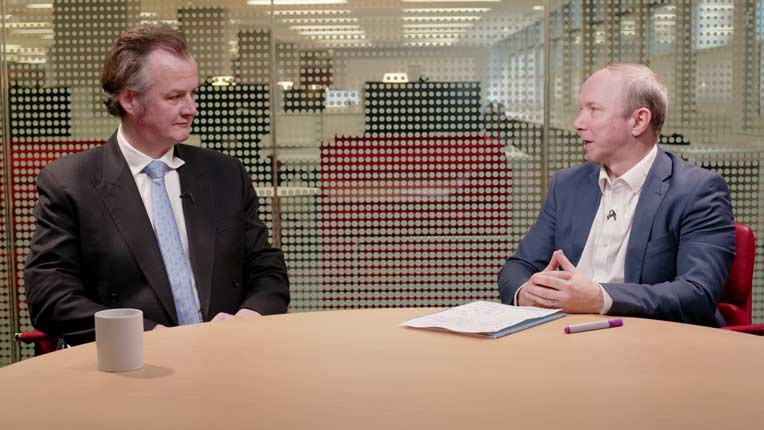
In the first part of his series on Japan, James Gard looked at the wider context of corporate governance reform in the country and why it's central to fund manager excitement about the country. In this second section, he looks at the practical changes benefiting investors
The Tokyo Stock Exchange's drive to shake up Japanese companies has triggered real change. So what are the companies doing to sort themselves out?
There is already much to admire. Japanese firms have liquidity positions that would be the envy of those in Europe and United States, so companies can afford to spend.
"Companies have no debt and enormous amounts of cash," says James Salter, founder and chief investment officer at Zennor, a Japan-focused boutique fund firm.
For her part, Miyako Urabe, co-manager of the JPMorgan Japanese investment trust [JFJ] and manager of JPMorgan Japan Small Cap Growth and Income [JSGI] fund, estimates 50% of listed firms, excluding banks, have net cash positions.
This phenomenal firepower is a hangover from Japan's deflationary era – and also a reflection of the conservative financial approach of Japanese managers. But the money is now being put to work. Buybacks are all the rage in the West and the trend is catching on in Japan – the key difference being that Japanese companies are buying back at historically cheap levels. Markets in the US and Europe are close to record highs.
Rather than being a mechanical move to prop up share prices, buybacks are part of a wider conversation about the growing importance of shareholder returns, says Urabe.
The cash preservation mindset may be shifting, but companies are recognising they can be overcapitalised. She points to May being the biggest month for buybacks on record as evidence of the change.
David Mitchinson, fund manager at Zennor, says this new emphasis on the end-investor can be seen in higher payout ratios. There’s a new focus on the return of capital and how it gets distributed; and that means companies are reluctant to cut dividends.
He also points out that buybacks have a dual benefit of boosting earnings per share (EPS) and dividends per share, key metrics for investors.
No More Bad Boards
Where else can we signs of life in Japan’s listed companies?
Mitchinson notes that revival in takeovers as a constructive process, with stronger companies buying smaller ones. The trend is from "weak owners to good owners", he says.
This is a long overdue process, with Japanese corporates not always the most nimble or efficiently structured.
"Japanese companies have great core businesses and some lousy non-core ones," he says. "[They're] involved in too many things."
The tendency in the West has been for companies to dispose of non-core companies and focus on their strengths, aided by academic research and shareholder agitation.
According to Ivailo Dikov, head of Japan equities at Eastspring, the TSE iniatives have provided Japanese companies with a great opportunity to "unwind cross-shareholdings" and improve their portfolios.
There’s been a rash of activist investing in Japan too, with these activists succeeding in effecting change at previously immobile firms.
A recent Reuters poll shows that 70% of Japanese firms expect activists to put forward proposals for board and strategy changes. Mitchinson says investors have managed to get executives booted out, in some cases punishing them for "shenanigans".
AVI’s Joe Bauernfreund, manager of the AVI Japan Opportunity investment trust (AVI), says fund managers no longer have to put up with bad boards.
"We have become less tolerant of companies with lacklustre management and where we have little prospect of winning shareholder proposals at an AGM," he said in a recent factsheet.
"There are too many well-run and undervalued companies in Japan, with management teams who want to create value for shareholders, to waste our time with these companies."
The trust sold positions in NS Solutions and Papyless in the period, because "controlling shareholders [were] protecting management who had little regard for minority shareholders". It cites transportation giant Fujitec as a success story on share price and governance terms for the five years the trust owned it.
"This tremendous success was driven by shareholder engagement, starting from our public engagement in May 2020 all the way through to the recent upheaval of the board of directors and ousting of the founding family president,” he says.
Low-Hanging Fruit
In 2023 corporate governance has many routine applications, such as everyday disclosure, communication and information sharing.
In Salter's experience, some of these are still to be properly seen in Japan. "Most companies don’t report properly”, he says, and are worse still at communicating and sharing information sharing with the public. Even where businesses are doing the right thing, they often fail to say so.
Urabe sees some signs of improvement, especially from an ESG perspective.
"These may be pretty normal things to do in Europe", but they haven’t always been the norm in Japan," she says.
In terms of gender diversity, it’s a similar picture. Japan still falls painfully short of western norms, but the number of women executives is rising. For context, former prime minister Shinzo Abe set a 30% target for female executives in 2013, saying Japan should be a "society in which all women can shine".
After the Abe boom, the Western investor lost interest and the foreign money that had flowed in then headed for the exits.
Fund managers are now hoping these corporate governance changes can finally take root. And this time it does appear to be different.
"Something very exciting is occurring”, Urabe insists, while Mitchinson says these changes are an opportunity to "redefine what a good company is" in Japan.
M&G Japan manager Carl Vine adds the reforms could support another decade of growth. If anything, the changes are actually accelerating after a decade of movements.
"There’s still so much low-hanging fruit throughout the corporate sector," he says.




























